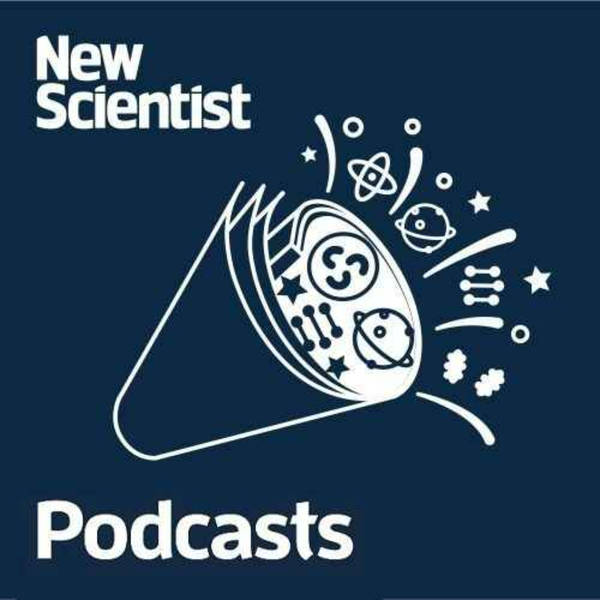
Weekly: JWST’s amazing year; Giant sloth jewellery; $1million mathematics prize
New Scientist Weekly #205
Following a year of incredible, awe-inspiring images from deep space, the team is celebrating the 1st birthday of the James Webb Space Telescope. They reflect on the amazing discoveries so far, and look at how JWST will alter our understanding of the universe.
From this summer, the International Seabed Authority will be considering licences for deep sea mining, despite the fact that no set of rules has been agreed upon to govern it. At this critical time, the team explores new research that’s showing just how damaging it could be to mine the seabed. Are the precious minerals worth the risk?
One million dollars is being thrown at a decades old mathematical problem which has proved surprisingly controversial over the years. The team explains how the ABC conjecture has split the mathematical community, and how substantial cash prizes could end the debate once and for all.
Sloths once came in a giant variety, and were as big as grizzly bears. These giant sloths died out 10,000 years ago but new archaeological evidence suggests humans were making jewellery out of their bones – giving us a new understanding of when humans first arrived in the Americas.
CRISPR to the rescue! Making paper isn’t the most environmentally friendly process, but CRISPR gene editing (the hero promised to solve many issues) can apparently help here too. The team explains how it involves modifying trees to make them easier to process.
On the pod are Timothy Revell, Christie Taylor, Leah Crane, Chen Ly and Corryn Wetzel. To read about these subjects and much more, you can subscribe to New Scientist magazine at newscientist.com.
Events and links:
Hosted on Acast. See acast.com/privacy for more information.
